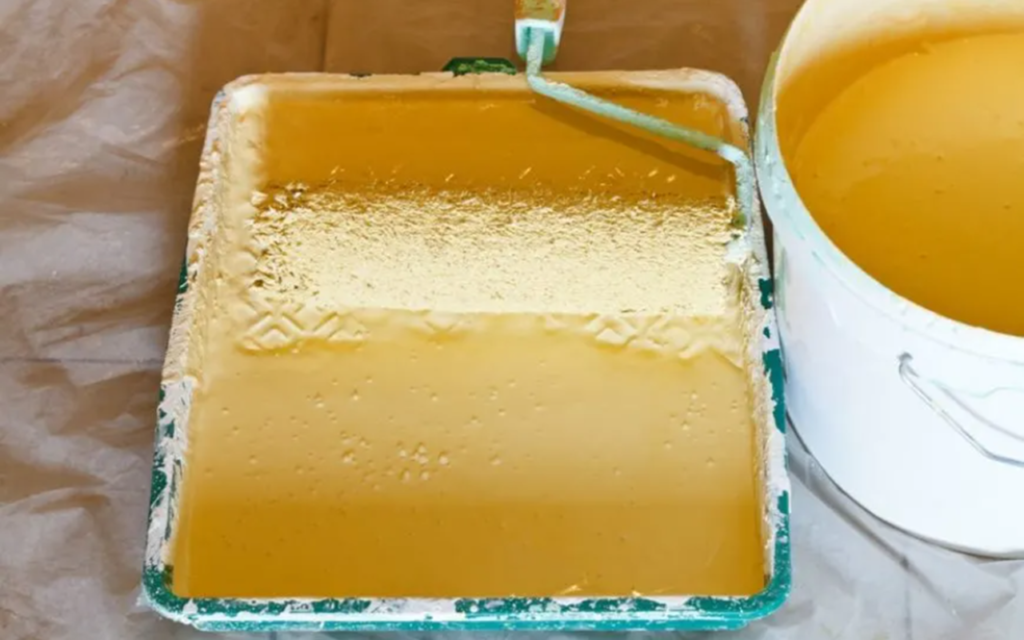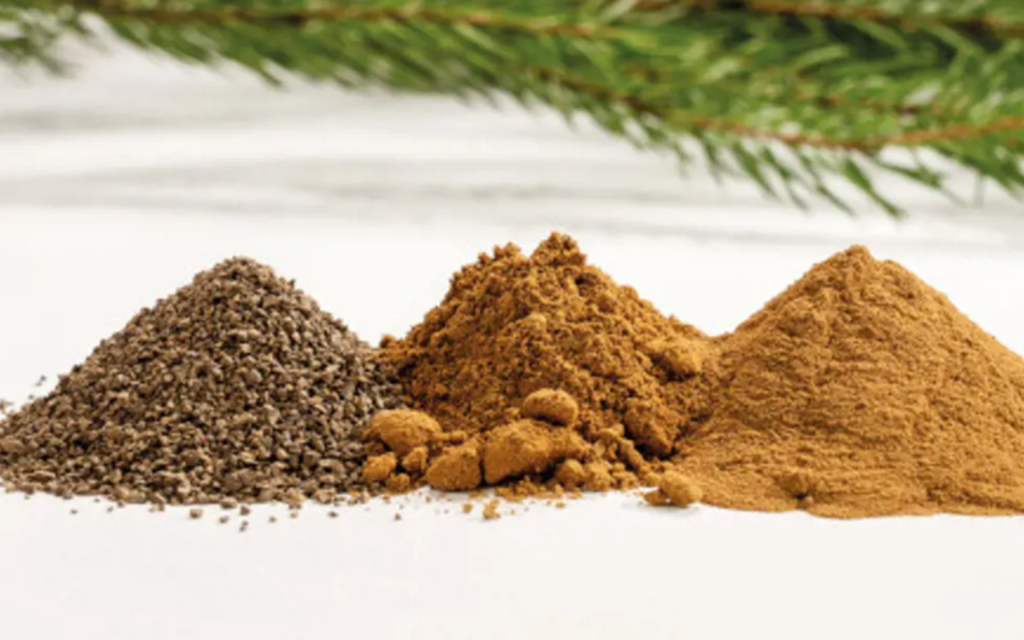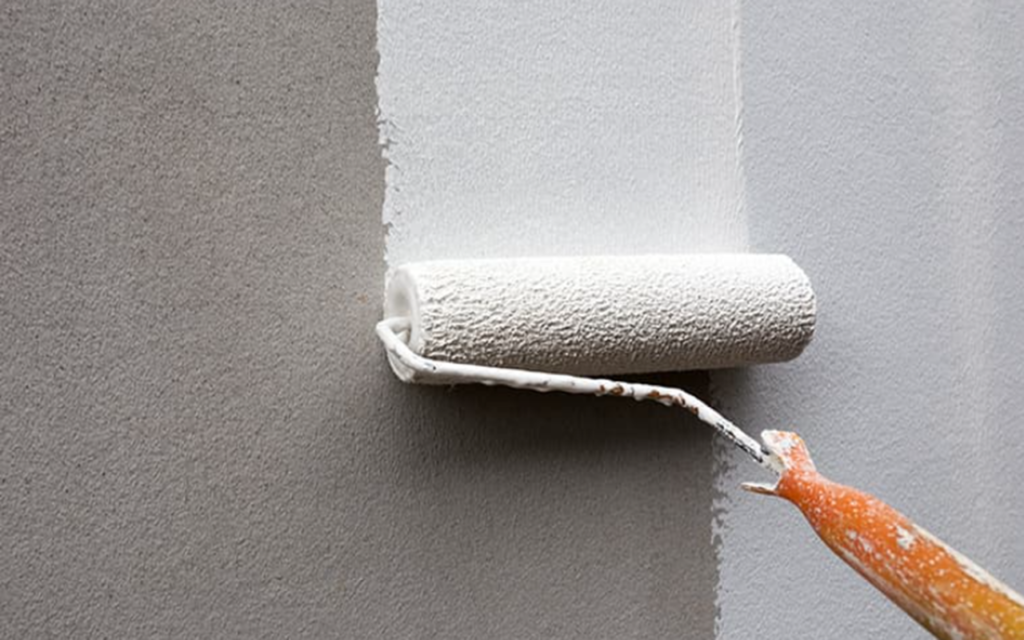(1) Fiber reinforcement and thickening effect
The lignin fiber has a three-dimensional network structure with an apparent cross-linking effect. This structure can effectively adhere to liquid structures, such as water, latex, asphalt, and other liquids of different consistency. The thickening depends on the length of the fiber. The longer the fiber, the thicker it is. The thicker the effect is. It can completely replace asbestos products due to its unique structure.
(2)Improve constructability
When the shear force acts on the three-dimensional network structure of lignin fibers, such as scraping, stirring, and pumping, the liquid absorbed in the structure will be released into the system, and the fiber structure will change and arrange along the direction of movement, resulting in viscosity decreased and workability improved. When the shear force stops, the fiber structure returns to its original form, absorbs liquid, and returns to its original viscosity state.
(3) Good liquid absorption function
Lignin fibers can absorb and transport liquids through their capillary action. Once the three-dimensional network structure is in a static state, such as after the cement mortar is cured, the lignin fibers can tightly adhere to the cement mortar as a secure layer to prevent the penetration of moisture and rainwater.

(4) Excellent sag resistance
Due to lignin fibers’ strengthening and thickening properties, when an appropriate amount of lignin fibers is added, thicker plastering can be completed simultaneously without falling, which is very important in construction. There will be no sag phenomenon for dry powder coatings and latex paints that are sprayed and brushed.
(5) Crack resistance
The three-dimensional network structure of lignin fibers can effectively absorb and weaken the mechanical energy generated during curing and drying.
(6) Reduce shrinkage
Due to the good dimensional stability of lignin fibers, it can significantly reduce shrinkage after drying and improve crack resistance.
(7) Extended available time
During the construction process, the hydration reaction of cement mortar will release much heat and absorb water. It will cause rapid volume shrinkage and cracking of the cement mortar if the available time is short and the drying time is fast.
Therefore, the unique three-dimensional network structure and specific water retention of lignin fibers are essential, and the fibers can absorb liquid through their capillary action. When solidified, the internal moisture is transported to the surface of the medium through the capillary to reduce the occurrence of skinning. Under the double act of lignin fibers and water-retaining agent (such as methyl cellulose ether), the moisture is evenly distributed in the cement mortar. It can greatly slow down the rapid consumption of water in the process of hydration reaction, avoiding the strength drop and cracking caused by excessive water loss so that the material’s bond strength and surface strength can be significantly improved.
Lignin fiber cannot be used alone as a water-retaining agent or thickener. It must be used with methylcellulose ether to achieve the best effects of water retention, thickening, strengthening, and crack resistance.
4. Length selection of lignin fibers

Different types of lignin fibers products are used in various products with different lengths and fineness, which are suitable for diverse fields of application. Short and medium lignin fibers are generally 40-1000μm, which can be used in dry-mixed mortar products, while the long fibers with a length of 1100-2000μm are usually used in emulsion-type adhesives and paste putties. The fibers are restricted in the dry mixing of dry-mixed mortar products, are not easy to disperse but easy to agglomerate.
5. Application of lignin fiber in dry-mixed mortar
(1) Tile Adhesive
Generally, the amount added is between 0.3% -0.5%, and the usage amount varies according to different varieties.
Effect: Excellent sag resistance, preventing tiles from falling and improving workability; reducing the phenomenon of spatula sticking due to high viscosity; prolonging available time and improving bonding strength.
(2)Cement-based/lime-cement-based interface agent is
Generally,the amount added is between 0.4% and 1%.
Effect: excellent sag resistance, good constructability, reduced cracking, increased surface texture and roughness, and improved bonding strength with the base surface.
(3) External thermal insulation anti-crack plastering mortar
Generally, the amount added is between 0.3% and 0.5%.
Effect: Excellent sag resistance (even for thicker one-time plastering), good workability, and can be used for plastering mortar with premixed emulsion.
(4) Plastering mortar
Generally, the amount added is between 0.2% and 0.5%.
Effect: On a smooth base surface, it has good constructability and sag resistance and can be used for premixed latex putty.
(5) Plastering mortar containing light aggregates (perlite, EPS particles)
Generally, the amount added is between 0.3% and 0.6%.
Effect: good sag resistance, thick plaster, thickening, water retention, less cracking, good construction.
(6) Pasting of polystyrene board for external insulation
The general dosage is 0.3% .
Effect: good sag resistance, good constructability, increased bond strength.
(7) Gypsum board/cement board/Ash calcium board caulking agent
Generally, the amount added is between 0.5% and 1.0%.
Effect: reduce cracking and shrinkage, increase bonding strength, good constructability, and improve sanding performance.

(8) Pointing agent
Generally, the amount added is between 0.5% and 1.0%.
Effect: reduce cracking shrinkage, good constructability, improve grinding performance.
(9) Masonry mortar bonding
Generally, the amount added is between 0.2% and 0.5%.
(10) Paste (emulsion type) tile adhesive
Generally, the amount added is between 0.4% and 0.5%.
Effect: excellent sag resistance, good constructability, high bonding strength.
(11) Paste (emulsion type) gypsum caulking agent
Generally, the amount added is between 0.5% -0.8%.
Effect: Excellent crack resistance, low shrinkage, good constructability, and easy to polish.
(12) Latex paint (airless spray gun)
Generally, the amount added is between 1% and 5%.
(13) Latex paint (rolling and brushing)
Generally, the amount added is between 0.5% and 3%.
Effect: Improve thixotropy, reduce cracking and shrinkage, suitable for thick-layer coatings.
(14) Emulsion paint (anti-crack enhanced)
The general amount added is 4% ~0.8%.
Effect: anti-cracking, strengthening, and improving thixotropic properties.



